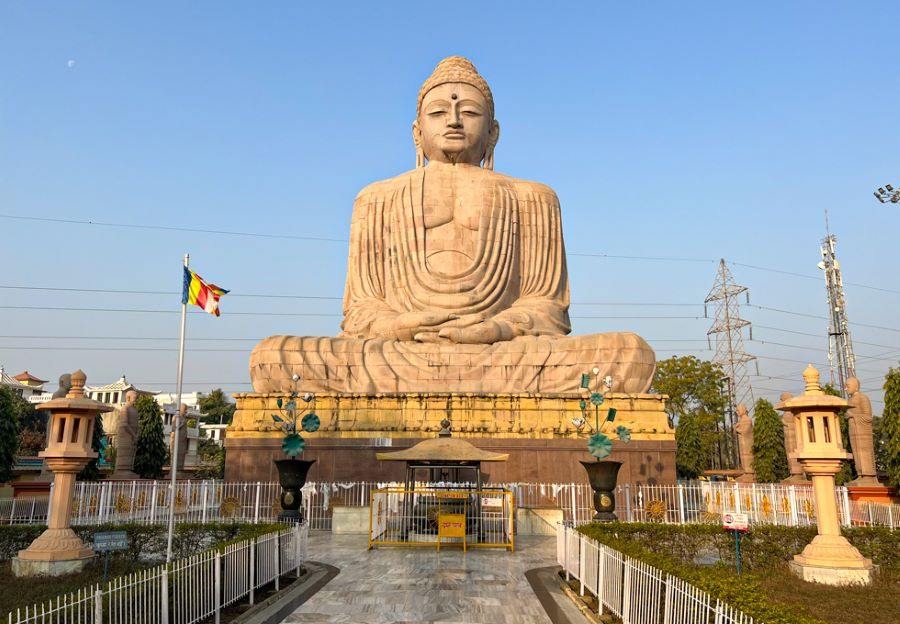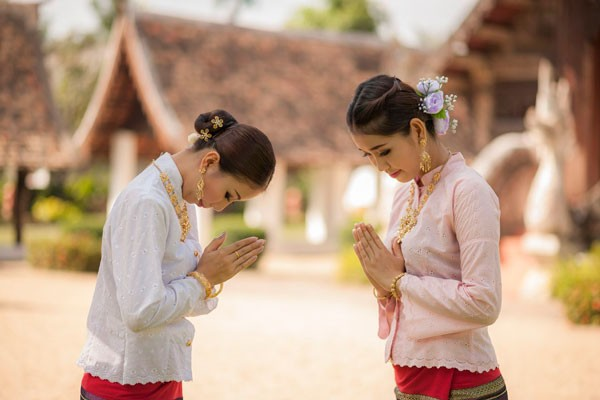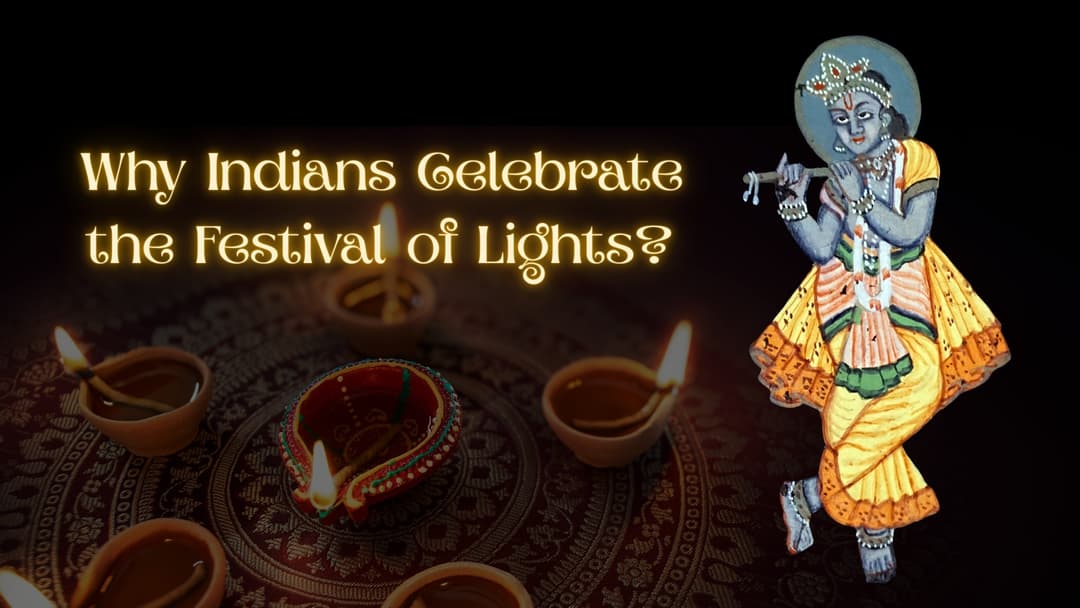India - one of the largest and most diverse countries in Asia - captivates visitors not only with the magnificent Taj Mahal or opulent palaces, but also with its millennia-old cultural heritage. Religion, rituals, greetings, family customs, and public etiquette vividly reflect the Indian spirit of community, devotion, and hospitality. If you are planning to visit this country, take time to discover its cultural aspects to make your journey more meaningful.
Beliefs and Religious Rituals
Religion is the “soul” of Indian life. Across the nation, you will find vibrant Hindu temples (mandir), resonant Islamic mosques (masjid), solemn Catholic churches, and tranquil Buddhist monasteries. In Varanasi, along the Ganges River, the evening aarti ceremony sparkles with oil lamps; in Amritsar, thousands of pilgrims flock to the Golden Temple of Sikhism to pray and share free vegetarian meals at the langar.
Indians often maintain daily rituals:
-
Hindu devotees light incense, offer fruits to gods like Ganesh and Lakshmi, chant mantras, meditate, or perform fire rituals (homam). They also make pilgrimages to major sacred sites such as the Kumbh Mela or Amarnath Cave.
-
Muslims pray five times a day, observe Ramadan fasting, and engage in charity. During Eid al-Fitr, they gather for prayers, feasts, and share food with the poor.
-
Sikhism is distinguished by its community spirit: anyone visiting a Sikh temple (gurdwara) is offered a free vegetarian meal.
-
Though Buddhists are a minority, sacred sites like Bodh Gaya remain holy destinations for tens of thousands of pilgrims.

Buddha statue in India, source: Internet
Rules When Visiting Places of Worship
Visitors should note:
-
Remove shoes before entering temples, mosques, or shrines.
-
Dress modestly, covering shoulders and knees; some places prohibit leather items.
-
Cover your head when entering mosques (women) and Sikh temples (everyone).
-
Maintain silence and cleanliness, do not take photos where prohibited, avoid touching holy statues, and strictly refrain from alcohol or smoking within premises.
Communication and Greetings
Indians have a graceful traditional greeting: placing palms together at the chest, smiling, and saying “Namaste.” This gesture expresses respect and friendliness, suitable for all occasions.
Interesting cultural notes:
-
In families or formal rituals, the younger may touch elders’ feet to seek blessings.
-
In cities, handshakes are common, but with women - especially Muslims - only if they initiate it.
-
When addressing others, Indians often add the suffix “-ji” after a name to show respect (e.g., Sharma-ji).
-
Indians often shake their heads in a figure-eight motion to indicate agreement or “I understand.”

Indians greeting with folded hands and bowed heads, source: Internet
Family and Public Customs
Family Role
Family is the heart of Indian society. In rural areas, multi-generational joint families are common: the youngest son often stays with his parents after marriage to care for them, while the daughter-in-law takes responsibility for in-laws. In urban areas, nuclear families are increasing, yet kinship ties remain close. Elders hold decisive authority in many matters, especially marriage.
Hospitality and Visiting
Being invited to an Indian home is an honor. Hosts warmly serve tea, sweets, or meals. Guests should:
-
Remove shoes before entering.
-
Bring a small gift (fruit, sweets).
-
Politely refuse at first, as hosts typically insist multiple times before guests accept.
Public Etiquette
Visitors should keep in mind:
-
Use the right hand for eating, giving, and receiving. The left hand is considered unclean.
-
Do not point your feet at others or at holy statues. Avoid patting children’s heads.
-
Wear modest clothing in crowded or religious areas.
-
Avoid excessive public displays of affection.
-
Do not whistle or point with one finger; instead, gesture with the whole hand.
Why Learn About Indian Culture Before Traveling?
India is one of the world’s oldest and most ethnically diverse cultures. Its richness may feel “overwhelming” to visitors, but with preparation, your journey will be more enjoyable and meaningful. Understanding the culture not only helps you avoid awkward situations but also opens opportunities to connect with locals - hospitable, proud, and eager to share.
Conclusion
A trip to India is not only a journey through magnificent landscapes, but also a chance to immerse yourself in its vibrant spiritual and cultural life. From the evening aarti on the Ganges, the resonant prayers in mosques, to the communal vegetarian meals at Sikh temples - all create a colorful tapestry you will never forget.
If you are ready for this journey, start with the first step: apply for an Indian e-visa quickly and securely at India-immi.org. With just a few online steps, you can unlock the gateway to this land of many colors.











